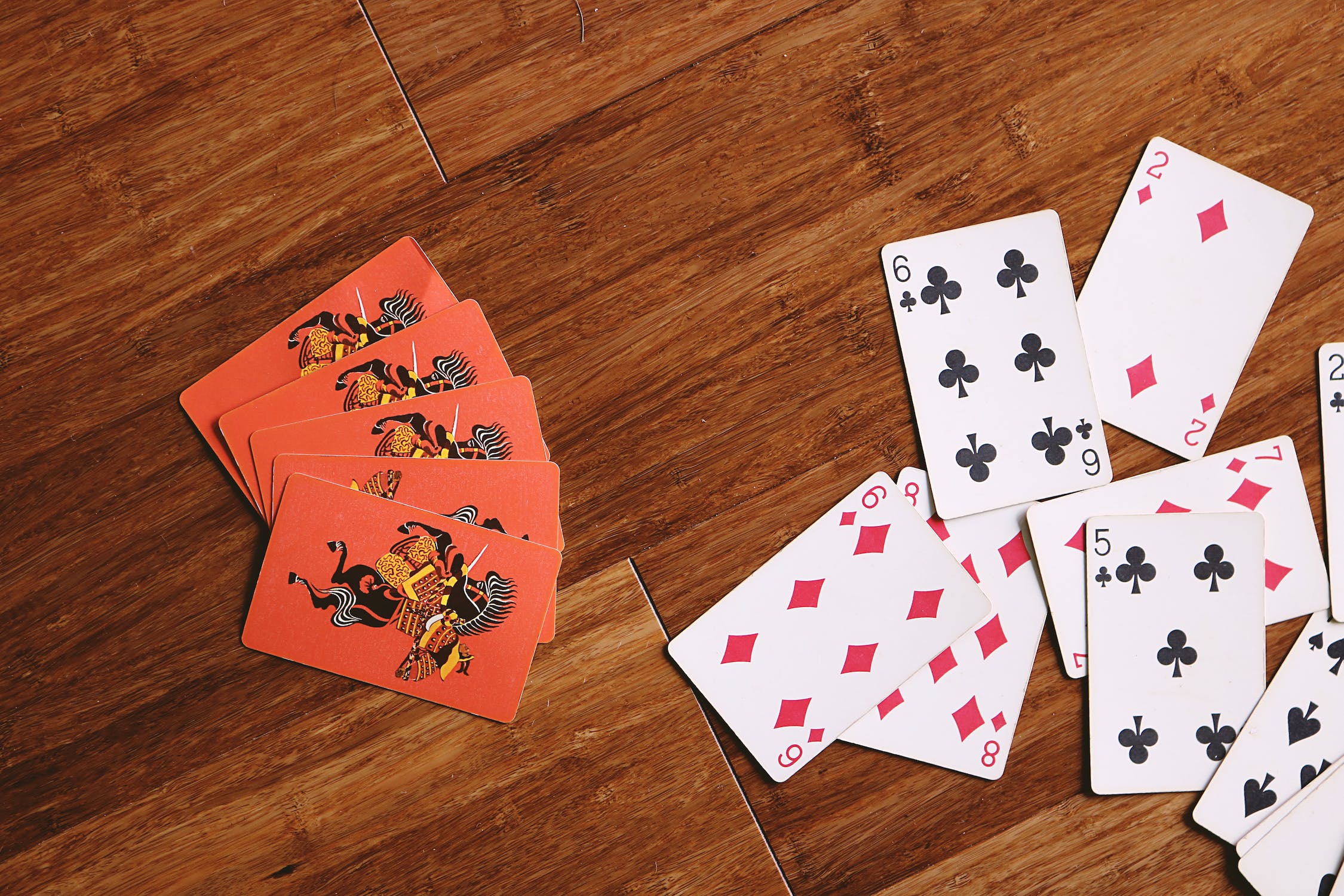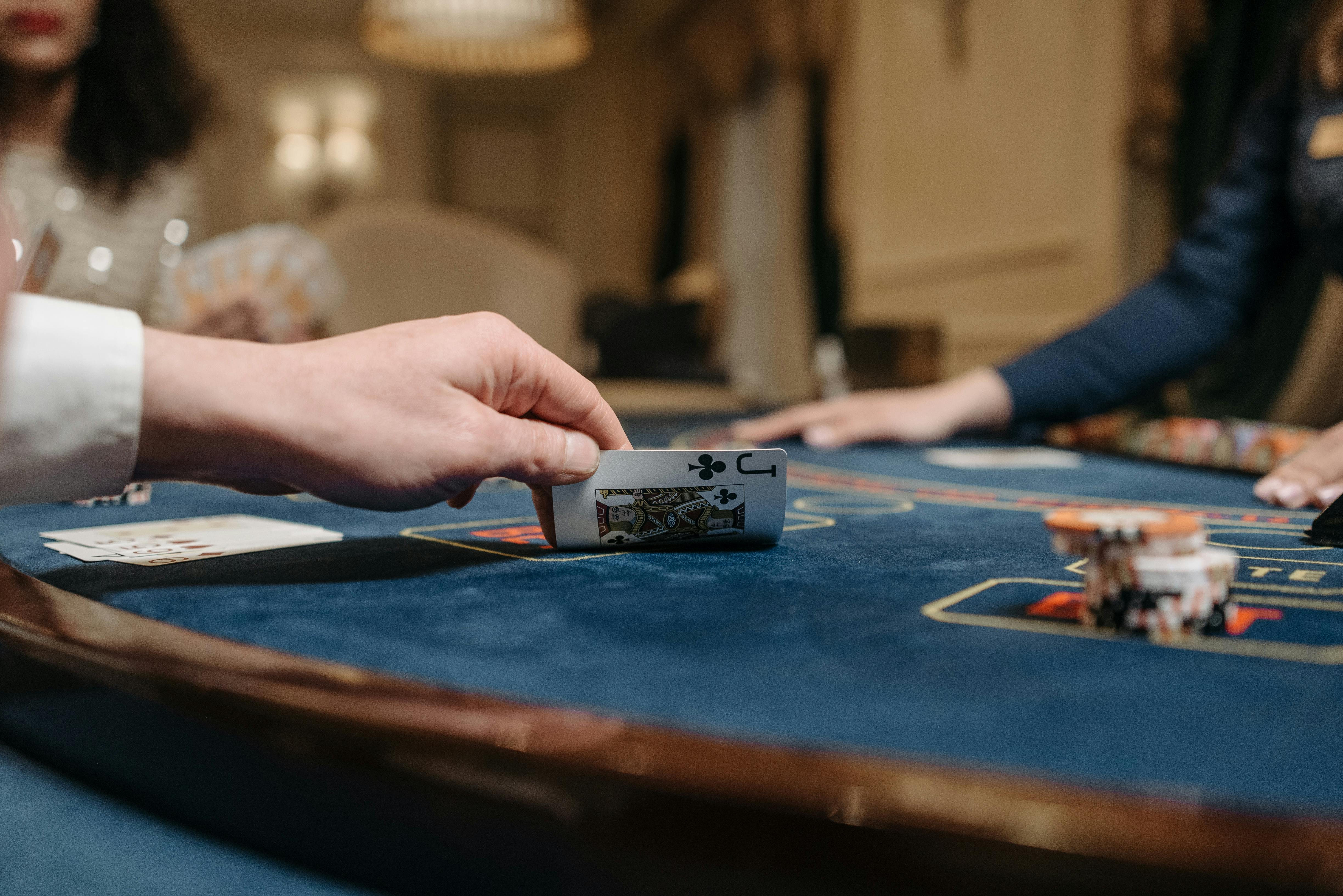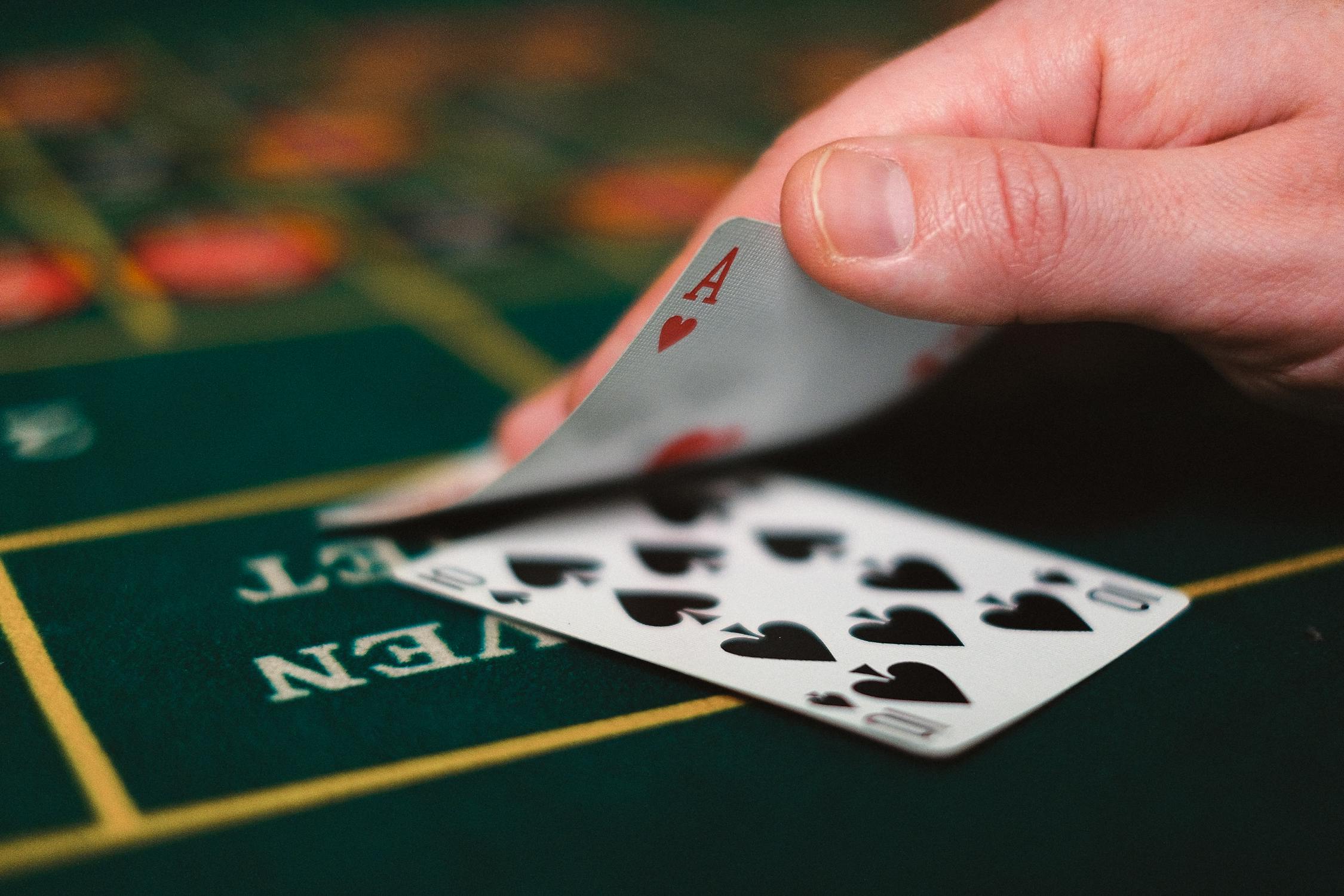
Regardless of your typical poker playing style, incorporating occasional bluffs into your strategy is essential to keep your opponents uncertain. It forms an integral component of the game of poker.
This principle also applies to your adversaries. Although you may encounter straightforward players who only bet when they possess strong hands, most can bluff occasionally.
Your responsibility is to identify these bluffs and expose them in the act. However, it would help if you first acquired the ability to recognize them. Therefore, if you face a bet and need clarification on its significance, these suggestions will provide you with a solid foundation.

Photo by Pexels
C-Bet Bluff
The c-bet bluff is undoubtedly the most frequently used in poker. Once a player raises before the flop, it is common for them to follow up with a c-bet on the flop, regardless of the strength of their hand.
In reality, hitting a favorable flop is challenging, making the c-bet bluff a highly effective tactic, particularly against opponents who lack knowledge about defending their range correctly.
In Texas Hold’em, you only manage to flop a pair approximately 30% of the time. Even if you factor in flopping a draw around 10% of the time, your opponent will likely fold about 60% of their hands when confronted with a bet.
The Semi-Bluff
One of the frequently encountered bluffs in poker is known as the semi-bluff. It occurs when a player decides to bet or raise despite needing a solid hand. However, they do possess a hand that has the potential to improve and become strong.
An example of a semi-bluff is when a player holds a flush draw, meaning they have four cards of the same suit but are missing one to complete the flush. In such a scenario, the player may choose to bet or raise, hoping to obtain the missing card and complete the flush.
The semi-bluff involves taking a calculated risk that could lead to a significant payoff or leave the player empty-handed. It undoubtedly carries a certain level of risk, but precisely these high-stakes moves make poker thrilling and captivating.
The semi-bluff showcases skill, strategy, and nerve, making it the epitome of the poker experience. Therefore, don’t hesitate to seize opportunities and embrace the excitement of the game the next time you find yourself at the poker table.
Bluffing to Gauge Opponents’ Poker Hands
While skilled professional players rarely utilize this bluff, recreational players favor it. This particular bluff is typically characterized by employing relatively small bet sizes.
It could be more effective as a poker bluff since it fails to price out other players and reopens the action for those who may possess strong hands and have chosen to play deceptively. Identifying this play is often relatively straightforward, as the player executing it is usually quite transparent about their intentions.
The entire purpose of this bluff is to claim the pot if everyone else has missed their desired cards and is willing to give up or simply see the next card at a low cost, hoping for improvement.
While experienced players rarely employ this maneuver, newcomers often use it, especially in multiway pots. Therefore, you should be quick to respond assertively when facing such bets.

Photo by Pexel
The Slow Play
Slow play is a bluffing technique employed when a player holds a strong hand but desires to avoid alarming other players by making a substantial bet or raise. Instead, they opt for a small bet, which may entice opponents to remain engaged.
Executing the slow play requires finesse, akin to treading carefully on fragile eggshells, as a single misjudgment can result in a game-changing loss. The objective is to create the illusion that other players have a shot at winning, thereby encouraging them to continue placing bets. However, the player reveals their true intentions and unleashes their genuine move at the opportune moment.
The Stone Cold Bluff
The stone-cold bluff is the classic image that comes to mind when people think of bluffing in a poker game. This bluff is executed when a player holds a hand with no value and minimal potential for improvement.
These bluffs carry the highest level of risk because if the player gets called, there is no chance of winning the hand. Therefore, stone-cold bluffs should be employed sparingly and only when the player believes their opponent has a weak range of hands.
Players who incorporate too many stone-cold bluffs into their overall strategy will find themselves bluffing too frequently, making it easier for opponents to make accurate calls against them. Hence, it is essential to maintain a balanced range and avoid overusing this high-risk bluffing technique.

Photo by Pexels
The Button Raise
Even inexperienced players know that raising various hands from the button position is a common strategy to attempt to steal the blinds. Consequently, the button raise is one of the most prevalent poker bluffing techniques. While discussing a preflop situation may not involve complete bluffs per se, raising a hand that shouldn’t be raised is essentially a bluffing move.
If you observe a player consistently opening with any two cards, you can expand your range of hands in your 3-betting strategy and even consider calling with medium-strength holdings from the big blind. If your opponent plays excessively loose in this situation, they will encounter significant difficulties defending against your 3-bets.
Furthermore, you will find numerous opportunities to claim the pots by appropriately structuring your calling range and having a substantial number of decent hands against their wide and weak range.
While the player on the button enjoys a significant positional advantage, if you detect them displaying overly aggressive behavior, you can readily exploit their approach and capitalize on it.
Final Thoughts
Bluffing is essential when playing your poker cards right, allowing poker players to win pots with well-timed bluffs. It can be a very effective means of manipulating opponents, making strategic bluffs necessary for any player who wants to succeed.
The size of the bluff and timing used is of utmost importance, as with an ill-timed bluff, the player may risk losing too much money or value from their hand. It’s vital that before attempting to bluff an opponent, you are sure to have studied their strategy to make informed decisions based on your findings. All in all, bluffing can be a powerful way of taking down those big pots when played right!
 Skip to content
Skip to content





